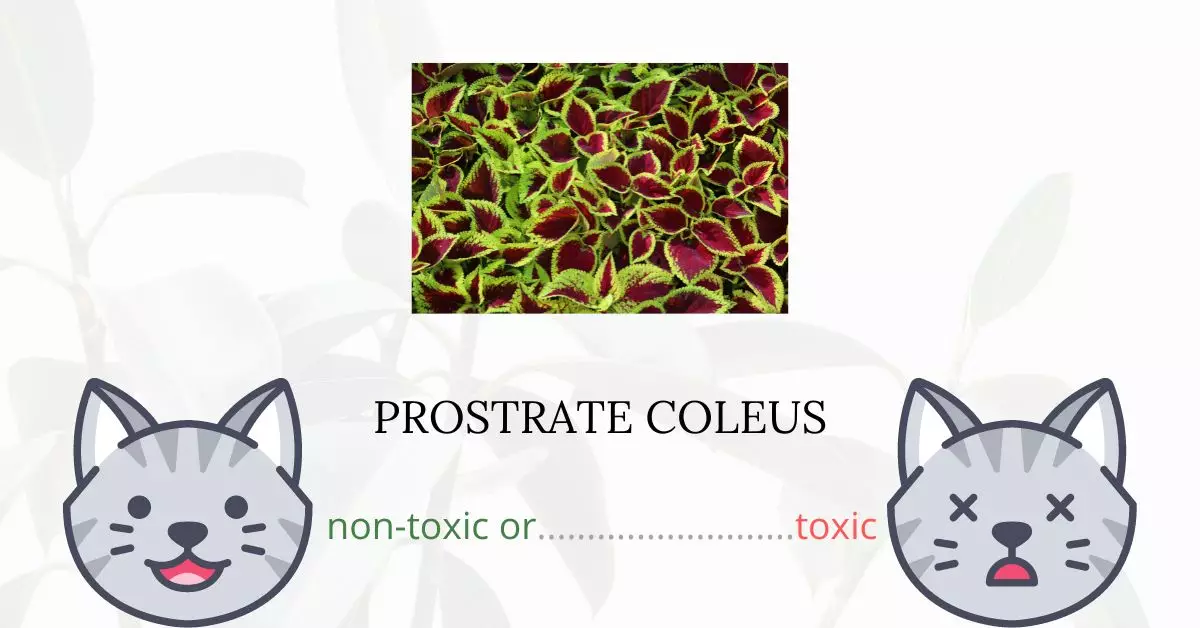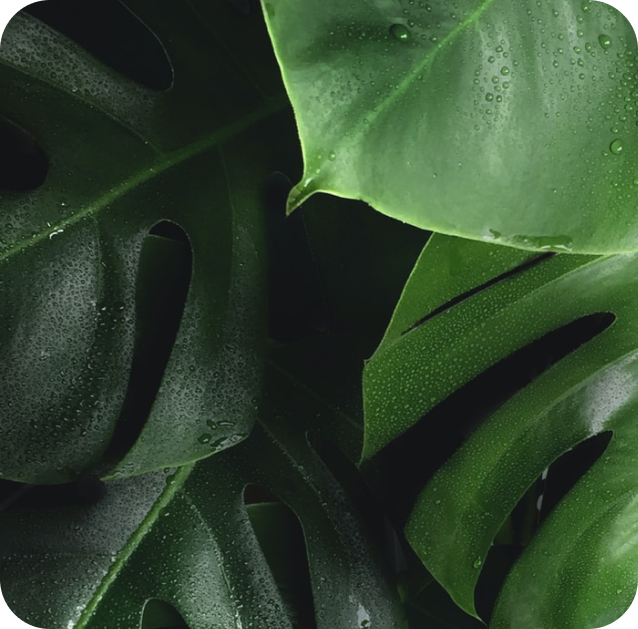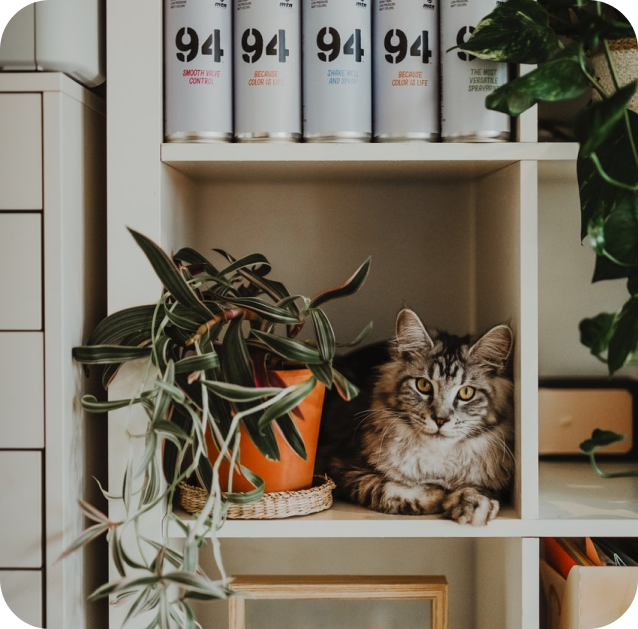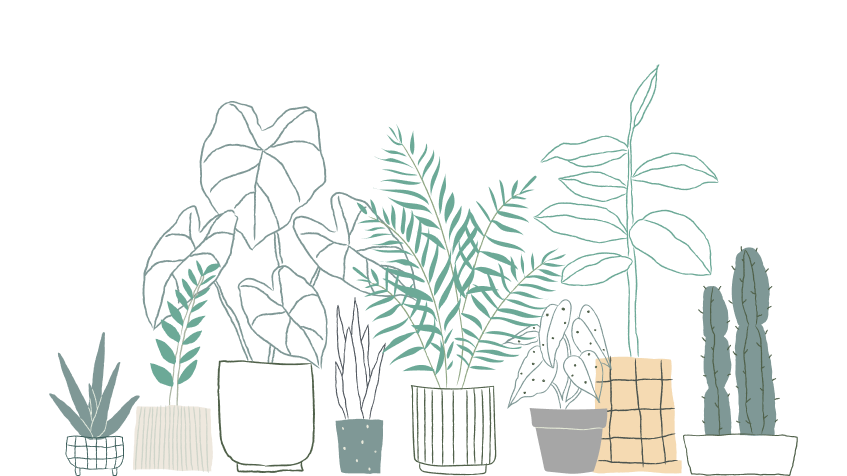Prostrate Coleus is not toxic to cats, making it a safe choice for households with feline members.
This article has been meticulously crafted in collaboration with a team of experienced DVMs (doctors of veterinary medicine). Their expert insights ensure we provide accurate and up-to-date information about the potential risks associated with various plants, focusing on Prostrate Coleus in this context. Additionally, to further validate our information, we have consulted high-authority websites such as ASPCA and PetMD.
Beyond its safety for cats, Prostrate Coleus is a delightful indoor plant, characterized by its circular, softly serrated leaves that cascade in a beautiful green hue, complemented by tiny bluish-purple blooms. This resilient houseplant thrives indoors and won’t pose a hazard even if your curious kitty decides to investigate it closely.
Can Cats Eat Prostrate Coleus?
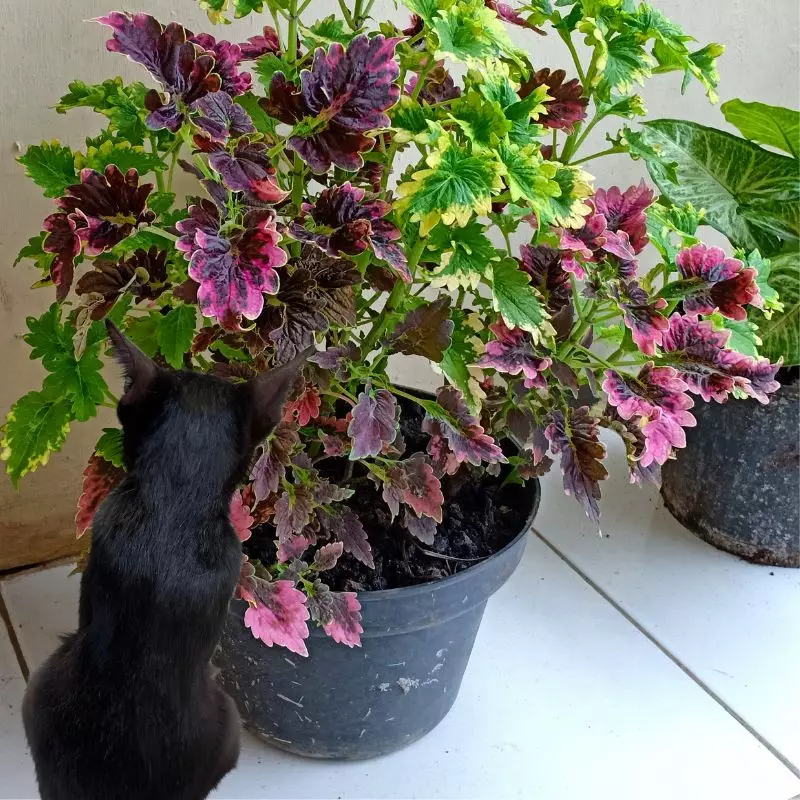
There are no known harmful effects of prostrate coleus on cats. If your cat ingested a small amount of this plant, it wouldn’t have a negative impact. Additionally, while this houseplant has been shown to be safe for cats, keep in mind that each cat is different. Cats can experience unanticipated negative reactions to things, just like humans do with allergies. Just take precautions to prevent your cats from hurting themselves on your plants.
What is Prostrate Coleus?
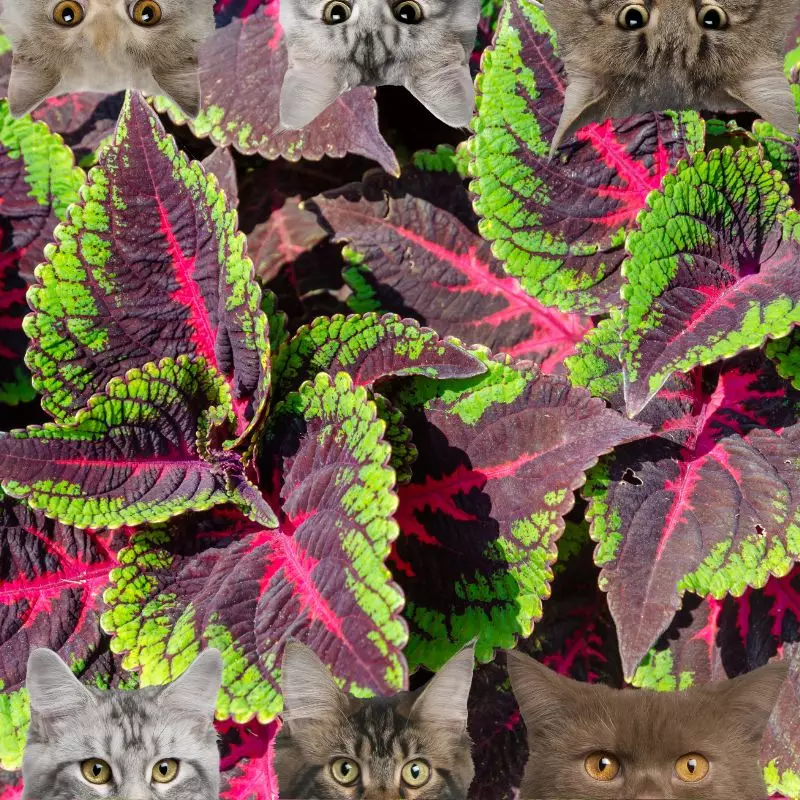
Prostrate Coleus (Plectranthus oertendahlii) is a species of flowering plant belonging to the Lamiaceae family of sage and mint. Eastern South Africa is its natural habitat.
It is a delicate perennial that only reaches a height of 20 cm that lives in forests and has heart-shaped leaves that are somewhat succulent and have beautiful silver markings on the upper surface and rich reddish-purple undersides. The stems are rooted, square, and creeping. The leaves are broadly serrated, spherical to rhombic, and rather succulent. The underside of the leaves is deep crimson, and the tops are dark green with silver veins.
The double-lipped, pink-tinged white or pale blue blooms are displayed in upright sprays above the foliage and resemble those of the plant’s Salvia relatives (sage). Winter and autumn are when it blooms.
Keeping Cats Away From Prostrate Coleus
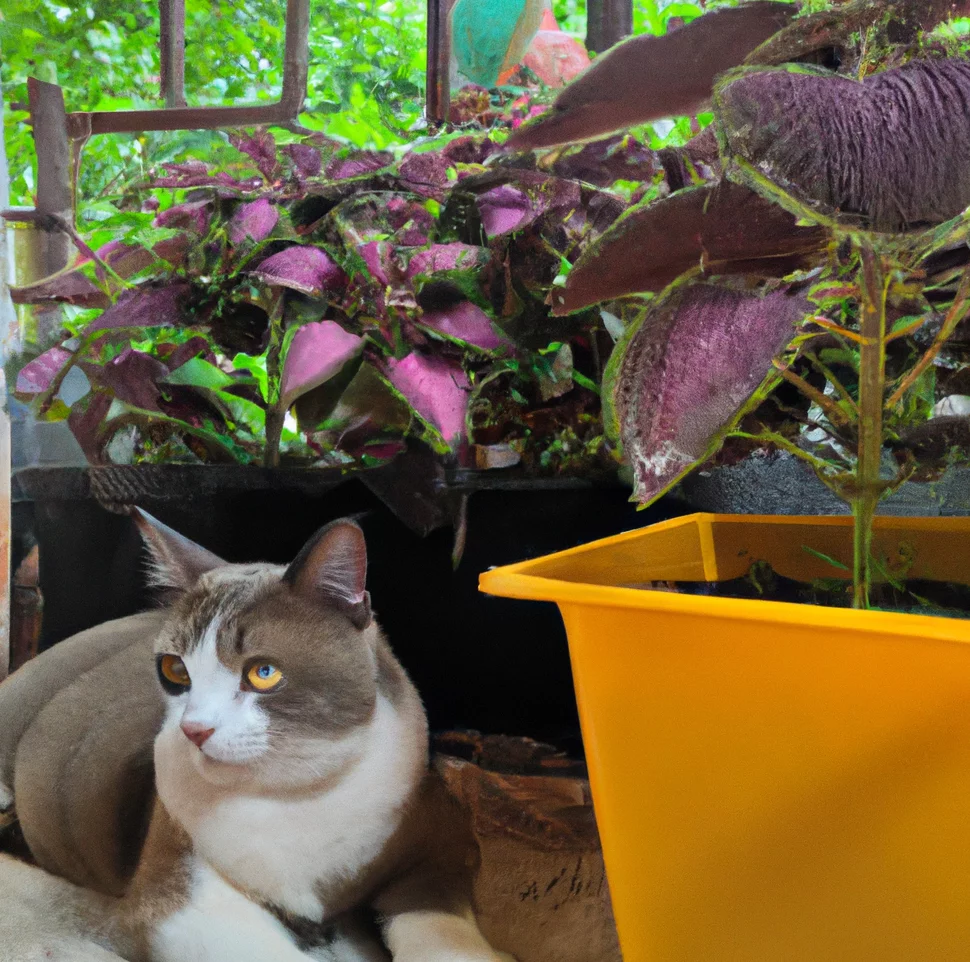
Giving your cat a good scare may be a fantastic deterrent, and having something loud and surprising happen when they leap up near your plants can be enough to break the habit. This works best with plants on a table or shelf where there is some additional space surrounding the pots to work with. For instance, if a few tin-foil plates are arranged carelessly, they may fall and make a racket. Depending on the area where your plants reside, you may need to be inventive. It’s possible that this method needs to be reset every day.
Making a sticky surface that your cat won’t want to walk on is another similar idea. As long as you don’t provide enough room for bouncing around between the tape, double-sided tape placed between your plant pots can be a great barrier.
Plants to Avoid For Your Cats
If you are a cat owner and unsure if the plants growing in your yard are harmful to your cats, check out this list of toxic plants for cats. You can also check our list of non-toxic plants for cats.


